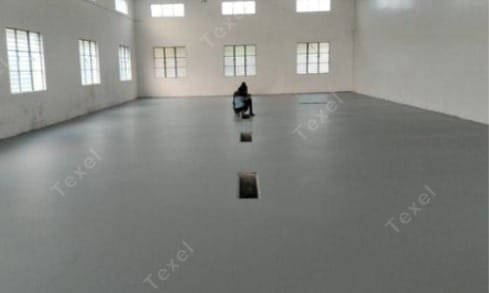U
CRETE FLOORING VS PU FLOORING
INTRODUCTION
In industrial and commercial environments, choosing the right flooring
solution is critical to ensuring durability, hygiene, and performance. Among
the most popular choices are U-Crete Flooring (also known as polyurethane
concrete flooring) and PU Flooring (polyurethane flooring).
Both flooring systems are highly regarded for their chemical resistance,
strength, and ability to withstand heavy wear and tear. However, they serve
slightly different purposes and are tailored for specific environments.
DIFFERENCE BETWEEN U CRETE FLOORING VS PU
FLOORING
|
|
U CRETE FLOORING |
PU FLOORING
|
|
Composition
and Structure |
|
|
|
Durability
and Strength |
|
|
|
Chemical
and Thermal Resistance |
|
|
|
Hygienic
Properties |
|
|
|
Application
Areas |
|
|
|
Installation
and Cost |
|
|
CONCLUSION
The choice between U-Crete flooring and PU flooring depends on your specific
needs. U-Crete is the go-to solution for industries requiring maximum
durability, chemical resistance, and thermal performance. Polyurethane
flooring, on the other hand, is ideal for environments demanding flexibility,
seamless finishes, and cost efficiency.
